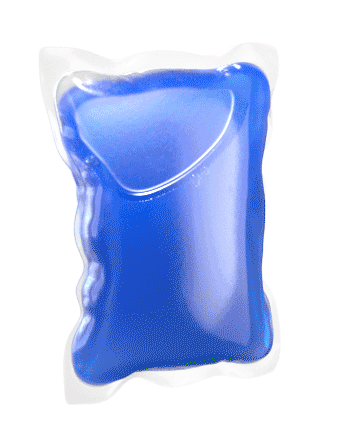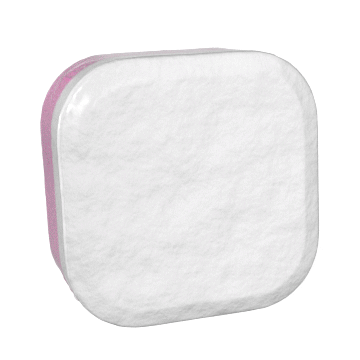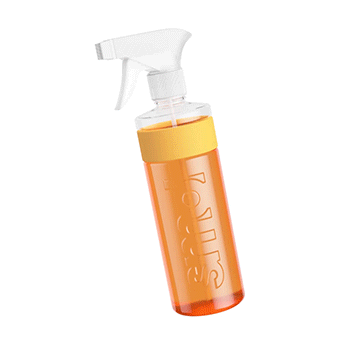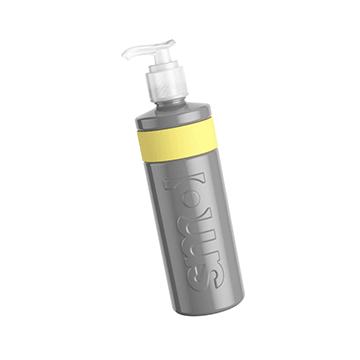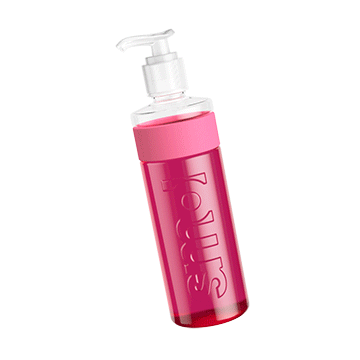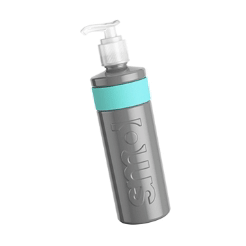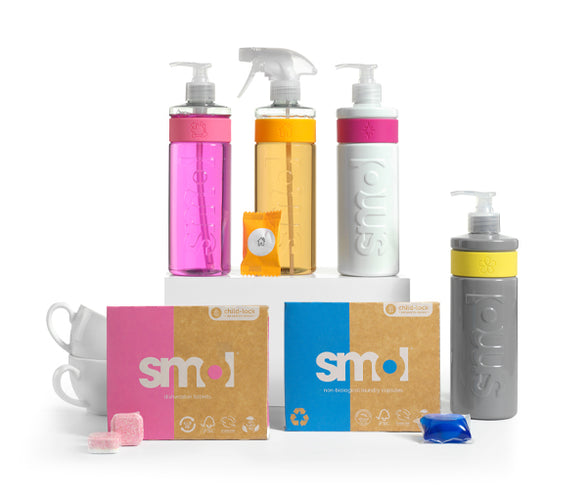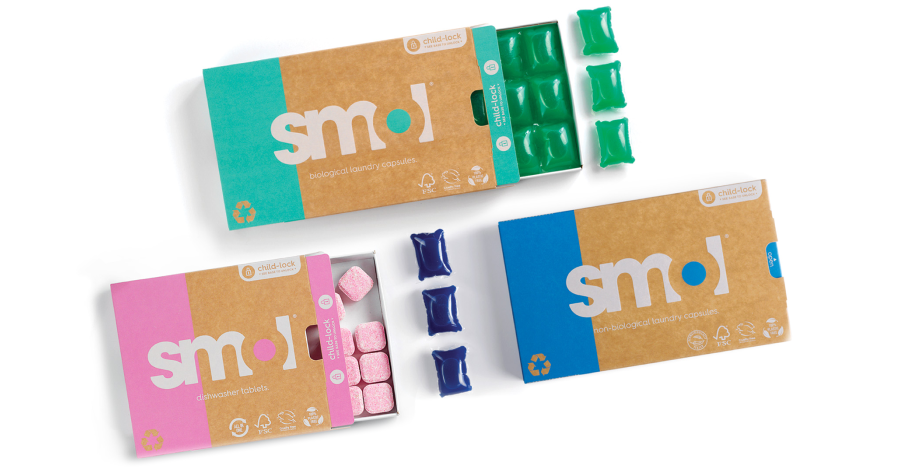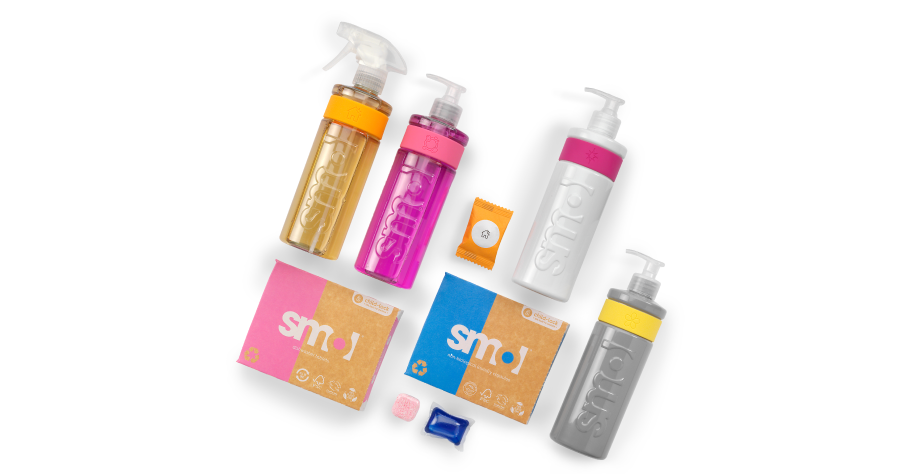
What do the following have in common?
The summit of Mount Everest, the Arctic Circle, the Kavir Desert, the Mariana Ocean Trench, and human blood.
Answer?
They all contain microplastics. It seems this pollution really is everywhere. And it’s hard to get our heads around the quantities of the stuff.
There are 100 billion stars in our galaxy. Take that number and multiply it by 500 and that’s how many pieces of microplastic are in our oceans.
Where do microplastics come from?

Roughly two-thirds of microplastics are classed as secondary microplastics which means they come from larger plastic objects, such as plastic bags, bottles or fishing nets that have then broken down and degraded into smaller pieces.
But around 35% of all microplastics that enter the ocean come from synthetic fabrics shedding tiny fibres every time we do our laundry.
These fibres are so tiny (we’re talking finer than a human hair) they even shed into the air as we walk around during our daily activities. So when we wash these clothes in our washing machines they enter our environment via our waste water network.
On average, washing one synthetic item such as polyester will release 1,174 mg of microfibres into the water of your washing machine drum and it is estimated around 40% of these will end up in rivers, lakes and oceans. This is because they are so incredibly tiny they will bypass the water treatment facilities and make their way onwards with the rest of the water.
Microplastics don’t biodegrade

While microplastics don’t biodegrade, they do break down however into smaller and smaller pieces and as they do, they can release toxic chemicals such as bisphenol-A. And as they continue their journey to our oceans and freshwaters they will also absorb other harmful chemicals along the way.
They are eaten by and accumulate in the bodies of fish and other animals, causing damage and making their way right up the food chain to humans. Time is yet to tell what impact consuming these affected animals could have on us.
Our laundry is polluting the oceans. And as around 60% of our clothing consists of synthetic materials or a mix of natural and synthetic fabrics such as polyester, acrylic, nylon, rayon and spandex, most wash loads are contributing daily.
So what can we do?
There are several ways to limit the microplastics from our laundry and catch them before they reach the sea.
1. Install a fibre-catching filter in your laundry machine.
This will keep up to 90% of microplastics from washing out with the waste grey water. They work by refill cartridges and once one is full of microplastic sludge you can replace with a new one and send the cartridges back to the manufacturer. You can check different filters out online but one such company is Gulp.
2. If you can’t install such a filter you might like to try a microfibre laundry bag instead.
These are made from fabrics that do not disintegrate when washed but instead traps the microplastics inside the bag with your washing to prevent them washing away with the waste water. Guppy bags are probably the most well-known brand in this market. Why not check them out here.
3. Only run fully loaded machines
Try to avoid half loads of laundry. The more room your clothes have to move inside the machine drum, the more friction there is between your clothes and that means one thing… more fibre release. A full washing machine means less friction and therefore less microplastic release.
4. Wash at lower temperatures
Washing our clothes at higher temperatures can damage some fabrics more than when we wash on cooler temps. Damaged fabrics will release more fibres and so more microplastics enter the water. (Why not also read more about cost savings of lower wash temperatures here).
5. Avoid long cycles
The longer the washing time in your machine, the more friction between your fabrics which will create more damage and shedding of microfibres.
6. Stop buying synthetic fabrics
Cotton or linen will still release microfibres but they are not plastic and they will biodegrade away in the natural environment causing no harm in the process.
7. Use liquid detergent or capsules instead of washing powder:
Powder releases over 3 x the amount of microplastics as washing with liquid capsules. This is due to the ‘scrub’ function and increased friction from powder that loosens the clothing fibres. Studies show laundry capsules have the same impact on microfibre release as washing in water alone.*
*https://www.ncbi.nlm.nih.gov/pmc/articles/PMC7274375/
8. Use a fabric conditioner
Ingredients in fabric softener can reduce the friction between fibres so in turn, the release of microplastics will decrease. Obviously we’d recommend our animal fat-free fabcon so you aren’t coating your clothing in a layer of animal fat which is what most of the big brands do.
9. Line dry your laundry
Ditch the dryer (which generates HUGE volumes of microplastic shedding) and weakens your clothing ready for the next wash. Dry on a line outside or hang on a drying rack indoors to avoid further friction on your fabrics.
Most of these suggestions are easily adopted and could dramatically reduce your contribution to ocean microplastics. They may seem like small measures but they can really have a big impact. smol things make a big difference.
